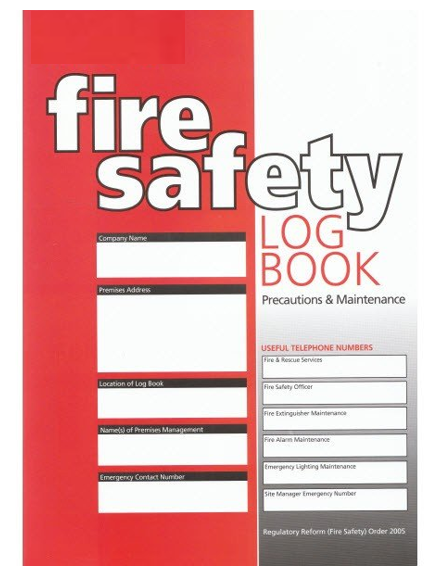Fire logbook
A fire risk assessment and your fire evacuation plan will have alerted you to the fire safety equipment you need for your business. Your fire safety logbook should be used to record all routine inspections, servicing, and maintenance of that equipment. Including:
Fire extinguishers
All of your fire extinguishers should be subject to a fixed servicing and maintenance routine including monthly visual inspections conducted in-house. On top of this a basic annual service and extended service are required which should be conducted by a professional. The extended service is required every five or ten years, dependant on the type of extinguisher.
Emergency lighting
Like your fire extinguishers, your emergency lighting should be inspected on a regular basis. This should include a monthly function test, which can be carried out in-house by a trained employee. And annual discharge tests, which should be conducted by a qualified electrical engineer.
Fire doors
It is also essential that you ensure the safety and functionality of your fire doors and other fire prevention fixtures, such as safety glass and fire walls. This should take place at least every six months, more frequently in high traffic areas.
Fire safety training records
You are legally obliged to provide fire safety training to every person who works within premises. Even if they are just there for a day, or volunteering. You must also keep a record of this training in your fire safety logbook, including annual refreshers.As well as standard employee fire safety training, you also need to keep a record of your fire warden training., including any additional courses attended, and any incidents they may have needed to deal with.
Fire drills
All escape routes, meeting points, and fire drills should be documented in your fire safety logbook.

